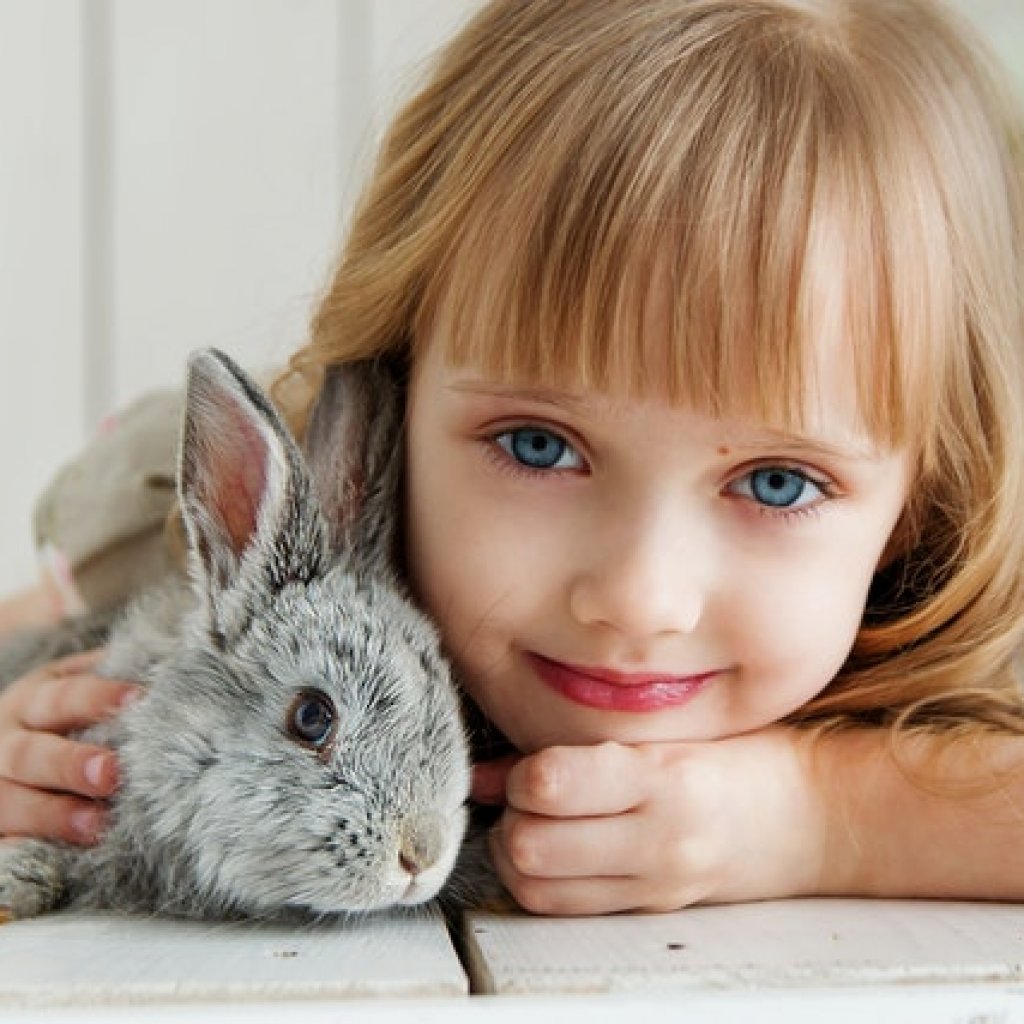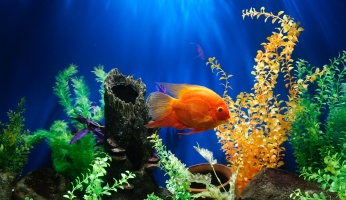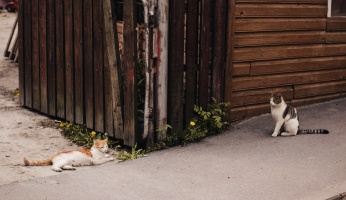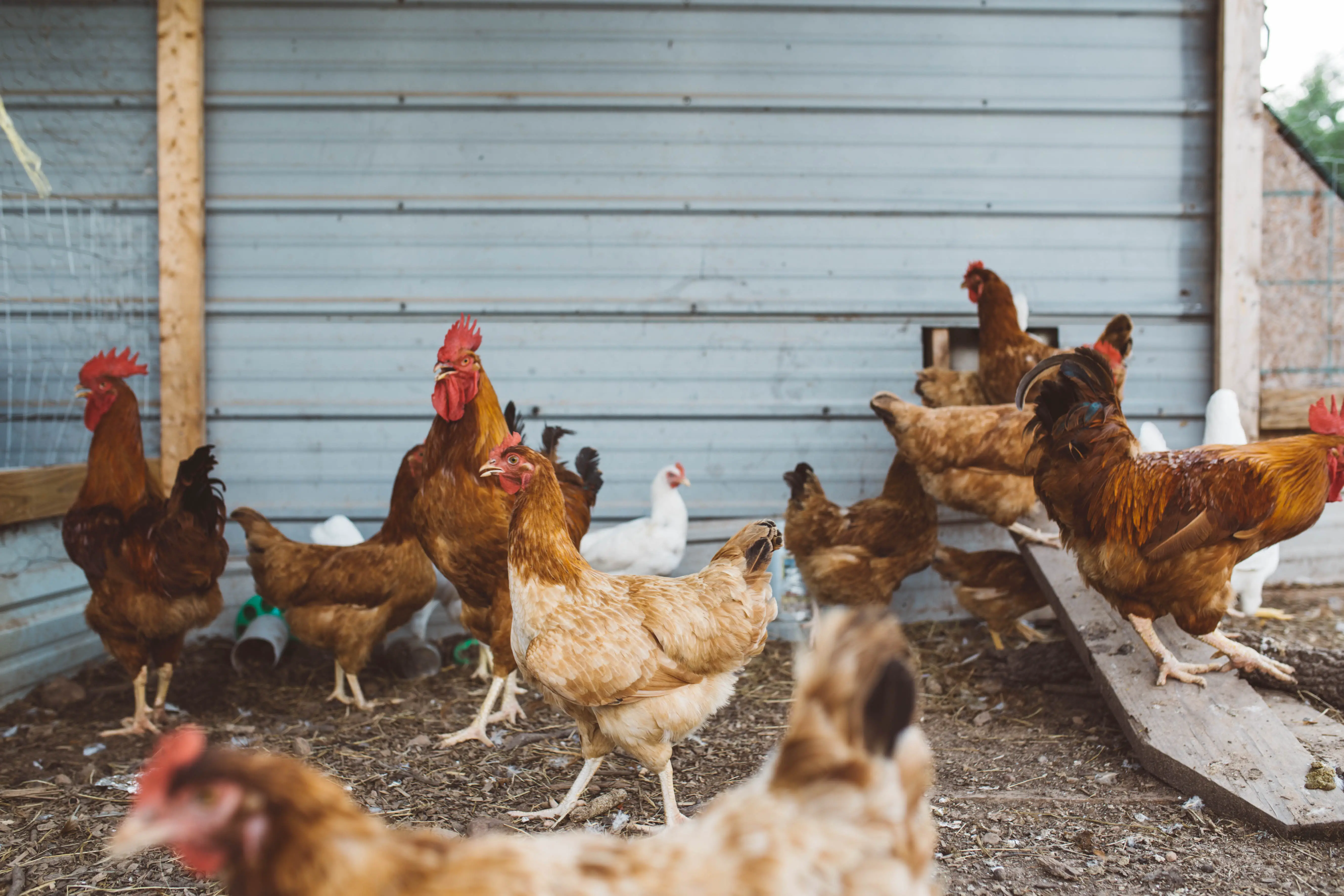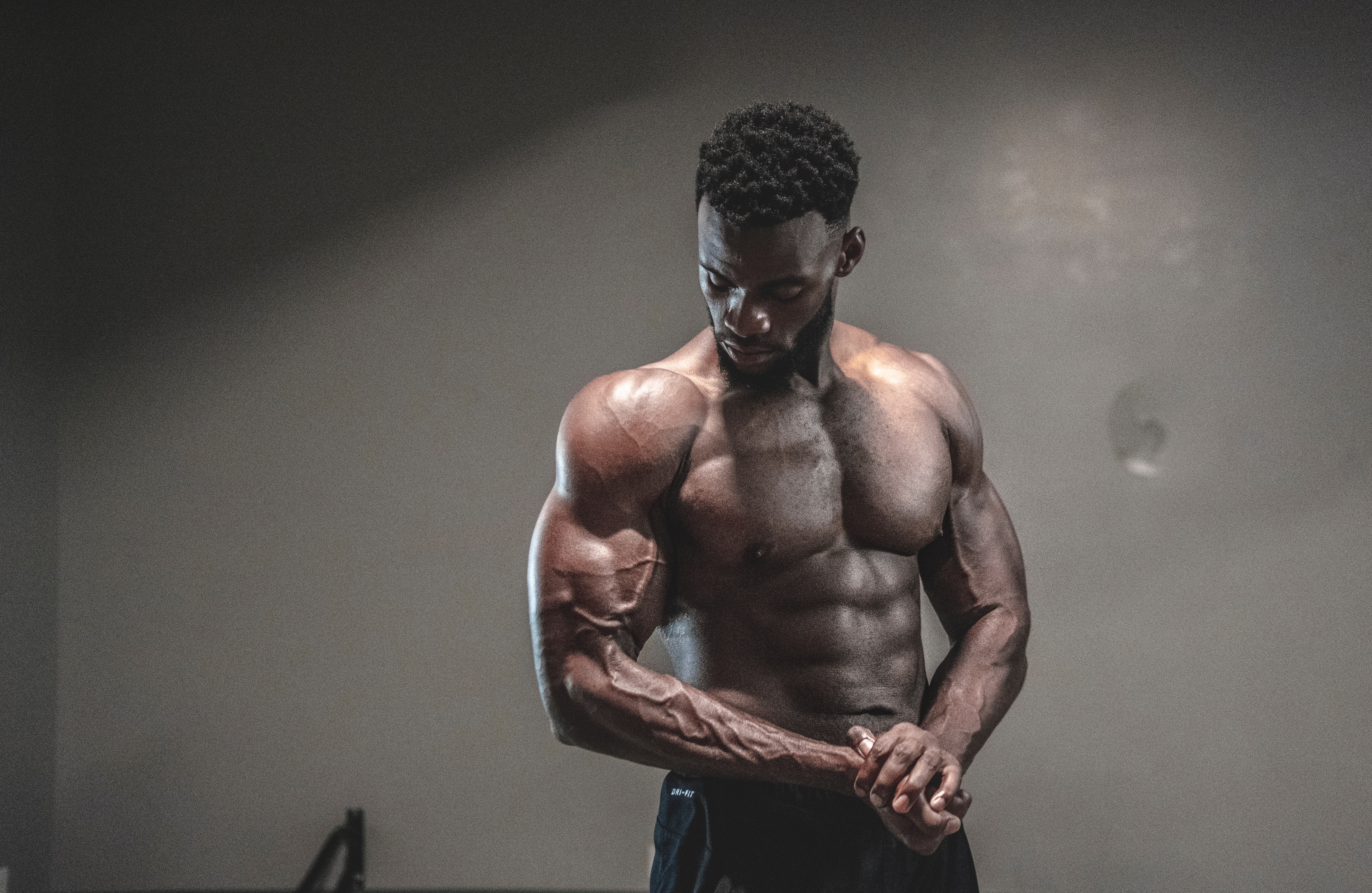Pet Rabbit Supplies: Everything You Need to Know
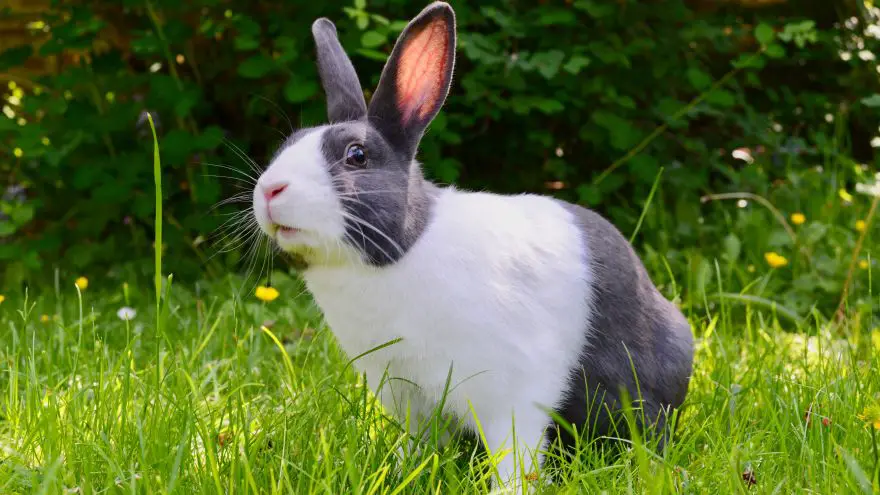 Pet Rabbit Supplies: Everything You Need to Know
thegearhunt.com
Pet Rabbit Supplies: Everything You Need to Know
thegearhunt.com
So you finally decided to consider giving in to your kiddo and letting them have that bunny they’ve been begging and pleading for. After all, how much trouble can one little bunny be anyway right? People all over the world keep them and they live in a cage. Well, maybe there’s a few things you should know before you actually take that big plunge.
Let’s start with some little known facts about them before we get into the nitty-gritty about what breed to get and how to care for it.
Let’s start with the most undesirable of facts…
*Did you know that rabbits will eat there own feces? This is certainly not a cute behavior and can open the door to some very interesting conversations between you and your child, however, it’s a necessary part of their diet. They produce a special type of feces called cecotropes that are softer than their other droppings and intended to be processed and digested a second time. Rabbits are able to absorb even more nutrients that were missed the first time through because of their accelerated digestive system.
*A rabbit can be very difficult for a child to catch when it doesn’t want to be caught. Rabbits run in a “back and forth” pattern when trying to escape interpreted danger, at top speeds of 18mph.
*Their vision is amazing. They can see above them and behind them in a 360-degree range to help protect them from any nearby predators. The one place that they have a disadvantage is directly in front of them, as they have a small blind spot there.
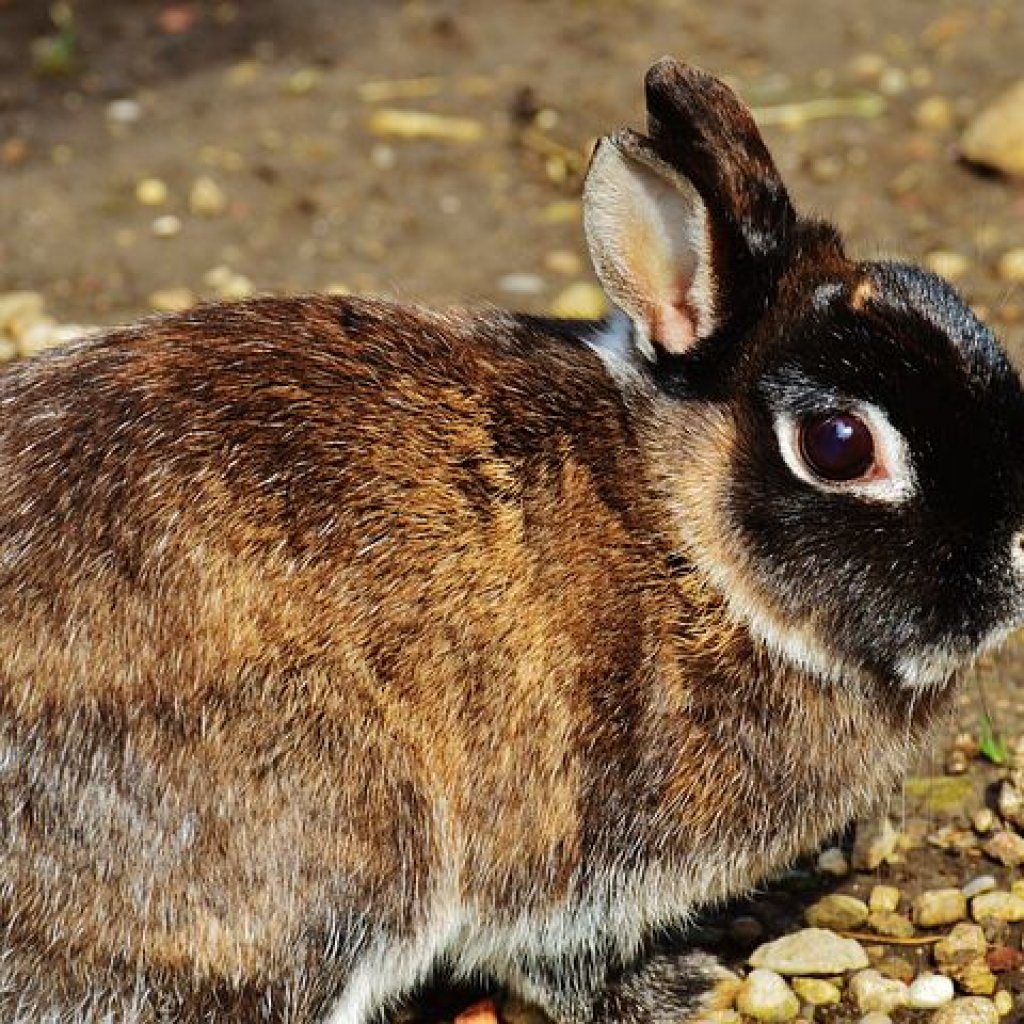
*Their teeth grow and grow as long as they live, very much like our fingernails. Your rabbit will need things to chew on to be able to keep them at a proper length for eating. If you don’t provide chew toys, it might chew on whatever is available (including to its demise, electrical cords). You see, in the rabbit’s natural environment, he dines on some very woody, stem plants. This allows him to naturally wear those teeth down since they can grow at a shocking rate of 5 inches per year.
*Rabbits ears have two purposes. Yes, a rabbit’s ears are meant for hearing at great distances of up to 2 miles away. This is another defense mechanism for him when predators are nearby. However, did you know that rabbits ears also maintain his body temperature and help to cool it down by giving him more surface area for their body heat to be expelled?
*In the wild a rabbit’s home is nearly the size of a tennis court. They dig elaborate systems of tunnels called “warrens”. Within the warrens are rooms or larger areas that are used for special purposes such as storing food or giving birth and nursing babies. They create these tunnels with various entrances to allow for quick departure if need be.
*Rabbits are very clean animals, always cleaning themselves, much like a cat. The key difference is that a cat can vomit when it gets a hairball, a rabbit can not. A rabbit must pass that hairball all the way through its digestive tract by eating roughage.
*Rabbits really do multiply rather quickly. A 3-month-old rabbit is ready to start copulating and can continue for its entire life. Since they live to be approximately 12 years old and can breed for eight months out of the year, this allows for quite a reproductive lifetime. Whereas most female mammals have a reproductive system that follows a cycle, rabbits don’t. Rather, a rabbits ovulation is activated by intercourse, followed by a 30-day pregnancy, and then a litter of up to 12 baby rabbits called kittens.
*Some rabbits can get larger than a small dog. When choosing a breed of rabbit, you’re going to want to choose wisely, as some breeds such as the Flemish Giant can get as big 2.5 feet and weigh as much as 22 pounds. It’s a good thing these beauties live up to the name “gentle giants”.
Just a Few of the More Popular Breeds
Which leads us to discuss a few of the more popular breeds kept as pets and what you can expect from each of them.
Mini Rex
One of the most popular breeds is the Mini Rex rabbit.
These guys have a wonderfully thick and soft coat of fur. They tend to be a bit more intelligent, as well as playful than most other breeds. This helps with litter box training too. Their ears point a bit backward and up.
On the downside, you have to be somewhat more careful with their cage bedding due to cedar sensitivities.
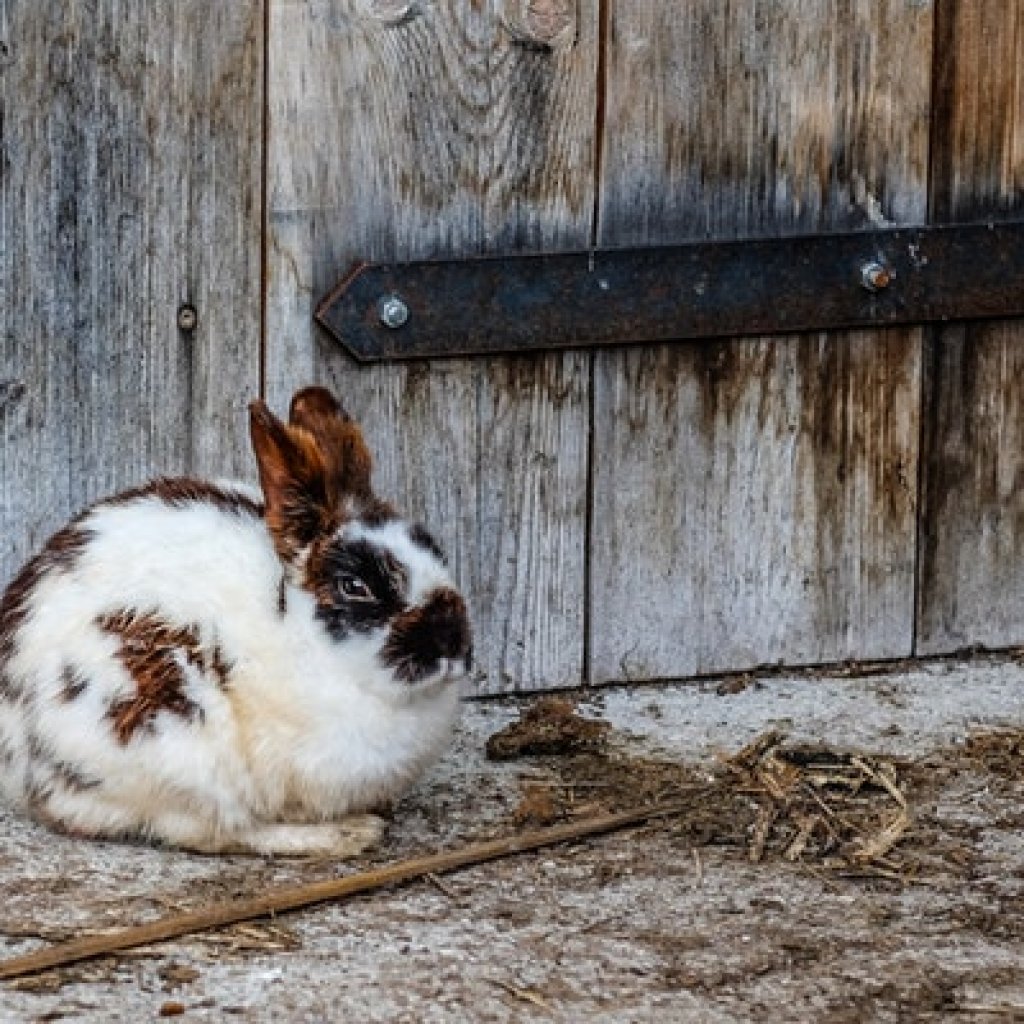
Polish
The Polish rabbit is one of the smallest breeds of rabbit known. He tends to have ears that stand upright on a small round head, with a body that weighs around 3.5 pounds. They have pretty, round eyes and come in a variety of solid colors, as well as color combinations. Their gentle nature makes them a popular choice with many families.
The white with dark markings, although beautiful, tend to be predisposed to having soft stools due to a condition that causes the large intestine to be enlarged.
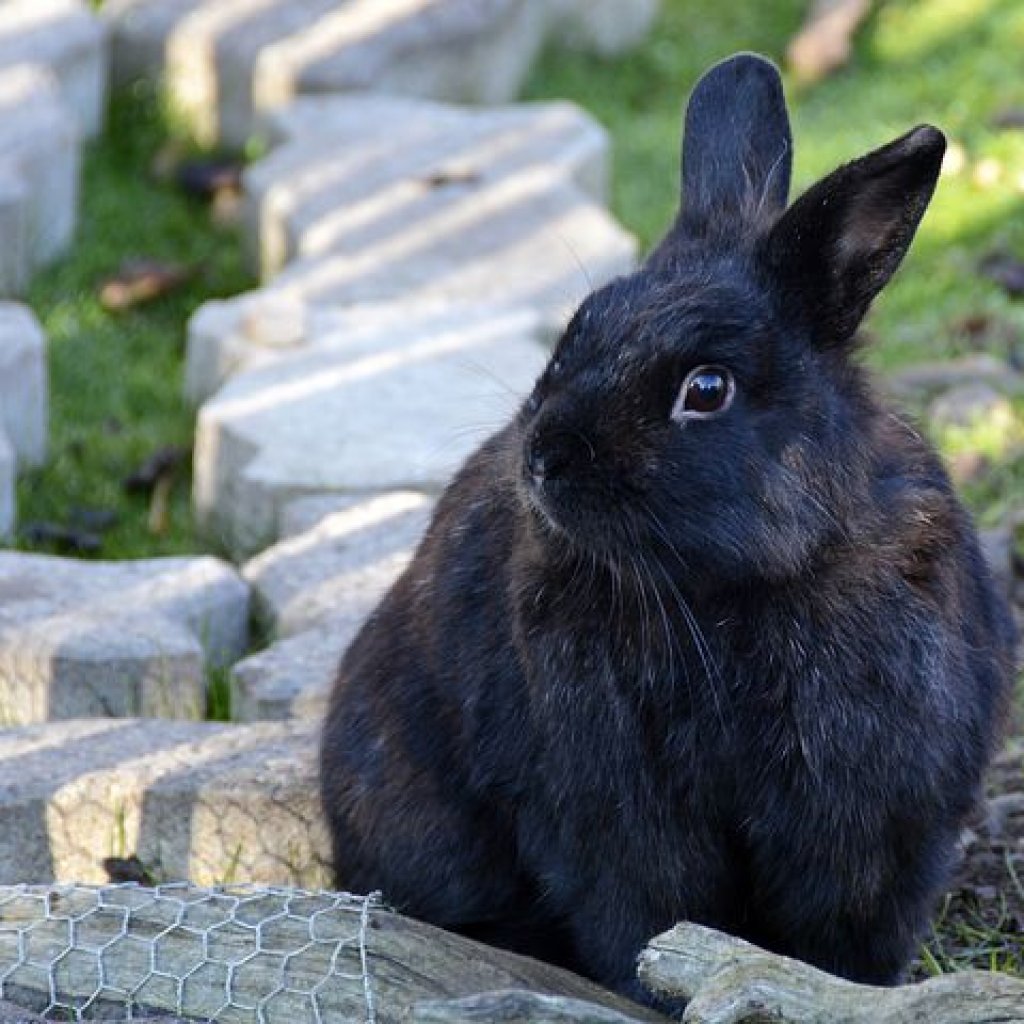
Lionhead
These little guys sure live up to their names. With longer hair around their necks and on their heads, they really do look like a little lion. The Lionhead rabbit really likes to bond to there human and will oftentimes follow you around like a puppy dog. They do require an extensive amount of grooming in comparison to other breeds with their long hair.
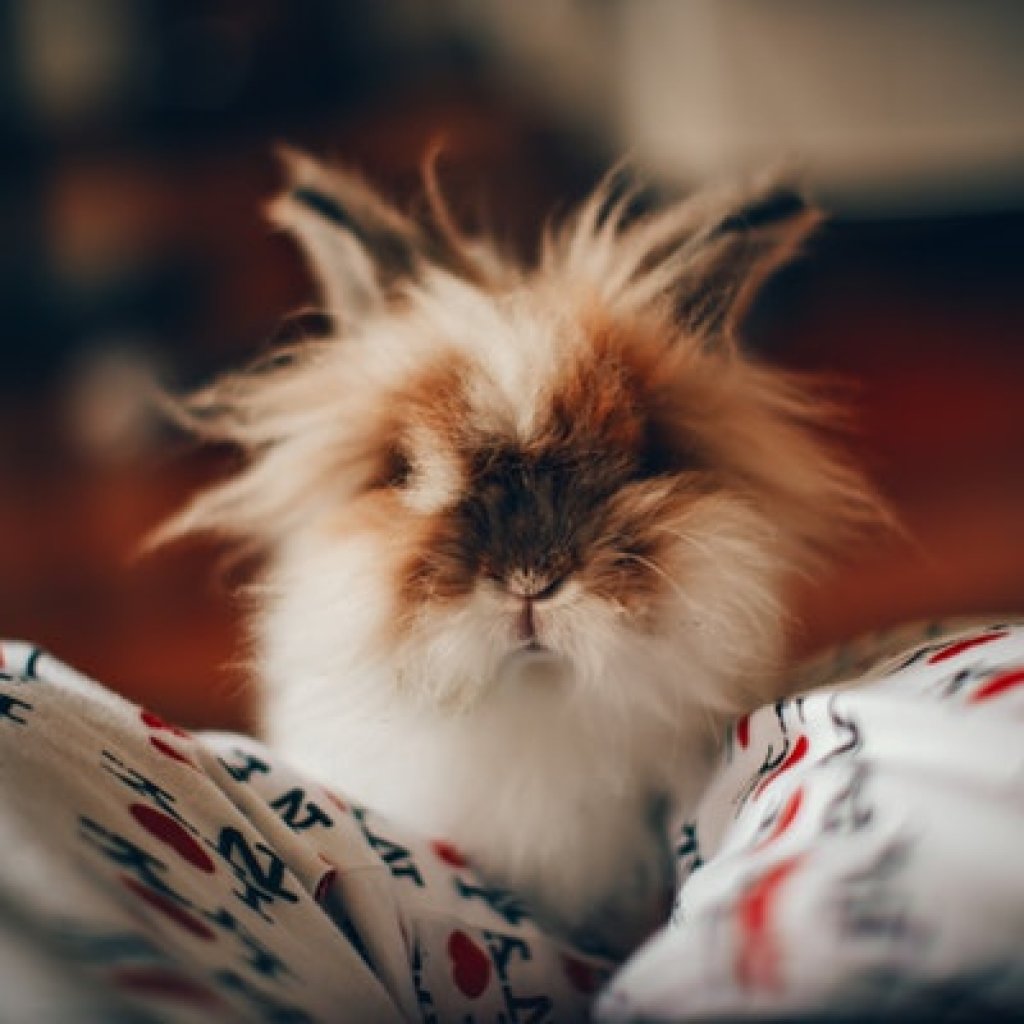
Mini Lop
The Mini Lop is a medium sized rabbit that comes in virtually every color. He has longer ears than some of the other breeds that we’ve covered. This sometimes makes him prone to ear infections.
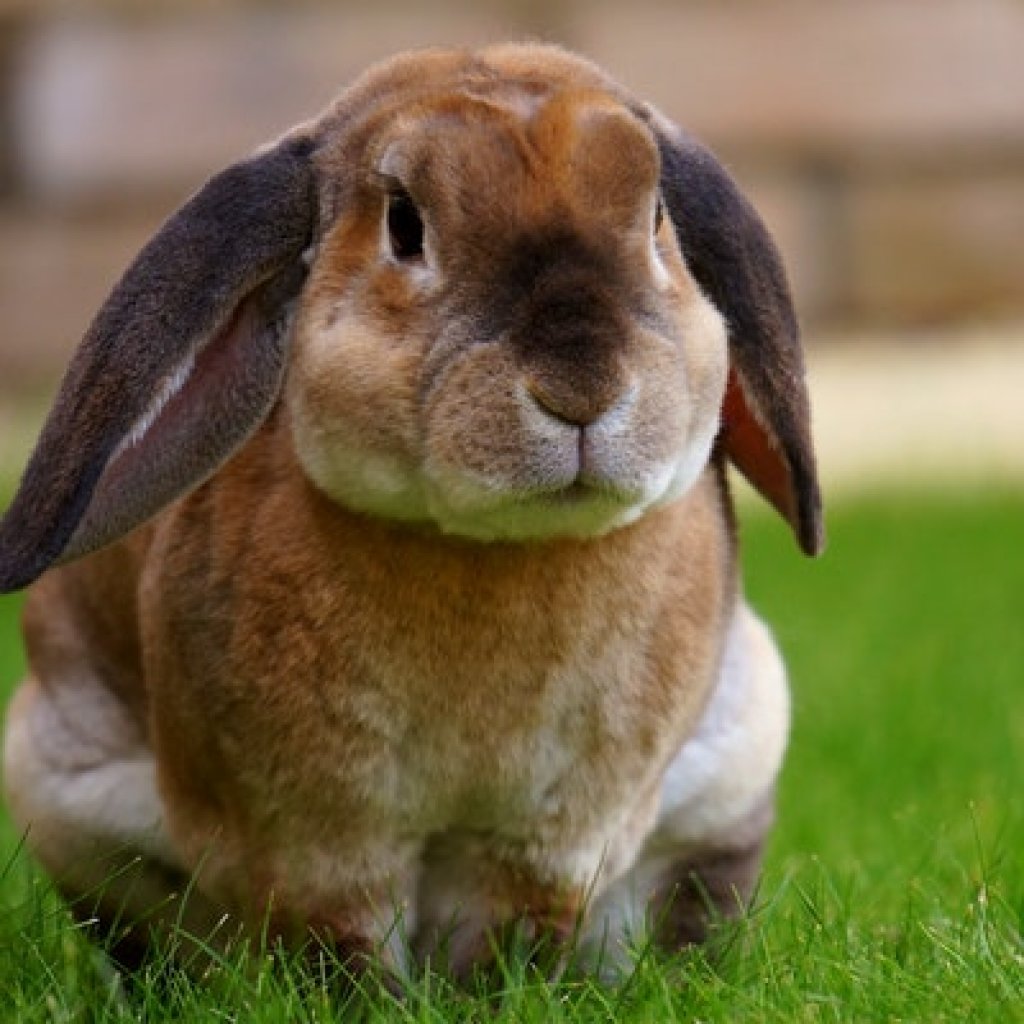
Flemish Giant
The Flemish Giant is one of the largest breeds of domestic rabbits. They’re extremely gentle in nature and if you can handle their size, make wonderful pets.
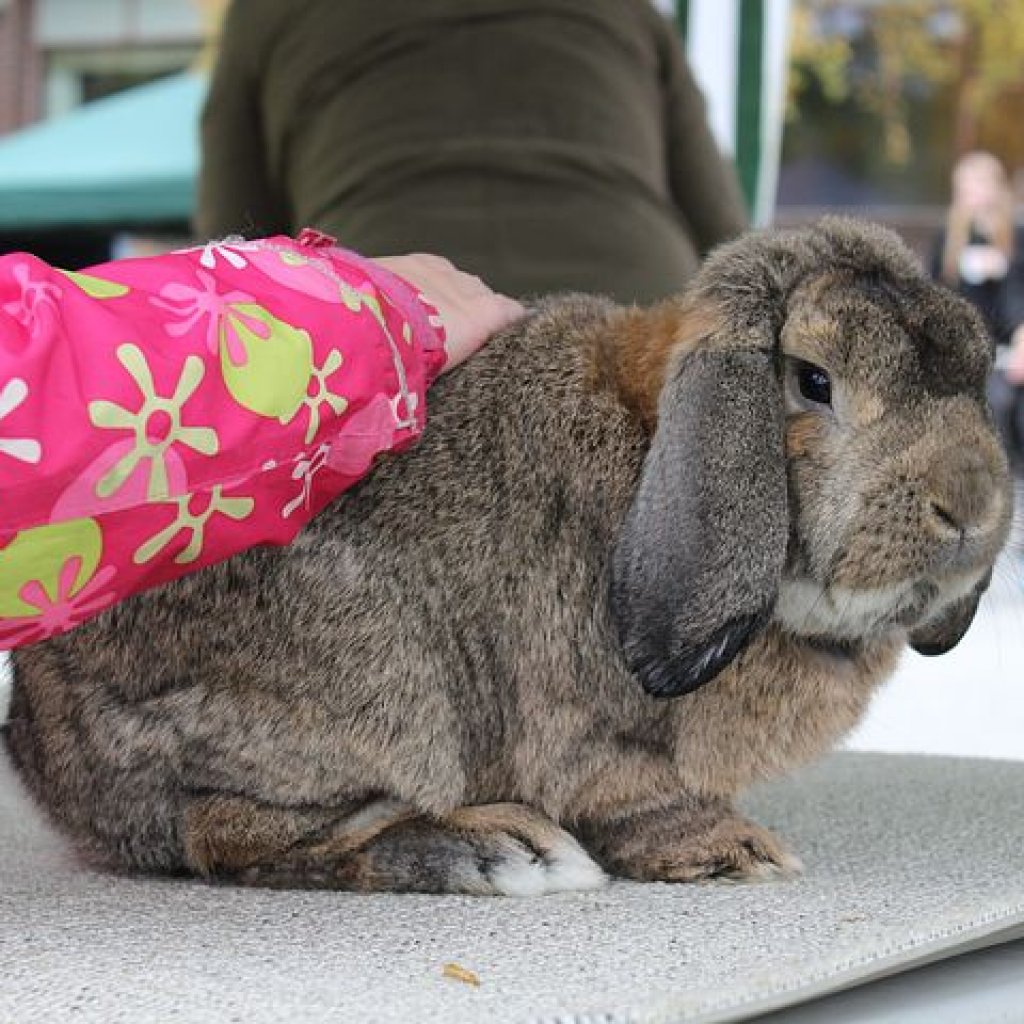
What You’ll Need
So, now that we’ve talked about some unusual facts, as well as a few of the more popular breeds, let’s move on to what you need to make a rabbit a happy and healthy member of your family.
Typically, most people keep their rabbits in some type of cage. If you live in a climate that’s warmer and you’re planning on keeping your rabbit outside, then you’ll more than likely be purchasing a rabbit hutch that stands alone with a “box” on one end. On the other hand, if you prefer to keep your rabbit indoors, then you’ll be purchasing housing that’s more appropriate for in your home.
Enclosure
Many rabbit specialists suggest using a puppy pen that’s at least 36 inches high. This allows your bunny ample room for movement, litter pan, etc., as well as the height for hopping. This is definitely the preferred living environment for larger breeds such as Flemish Giants.
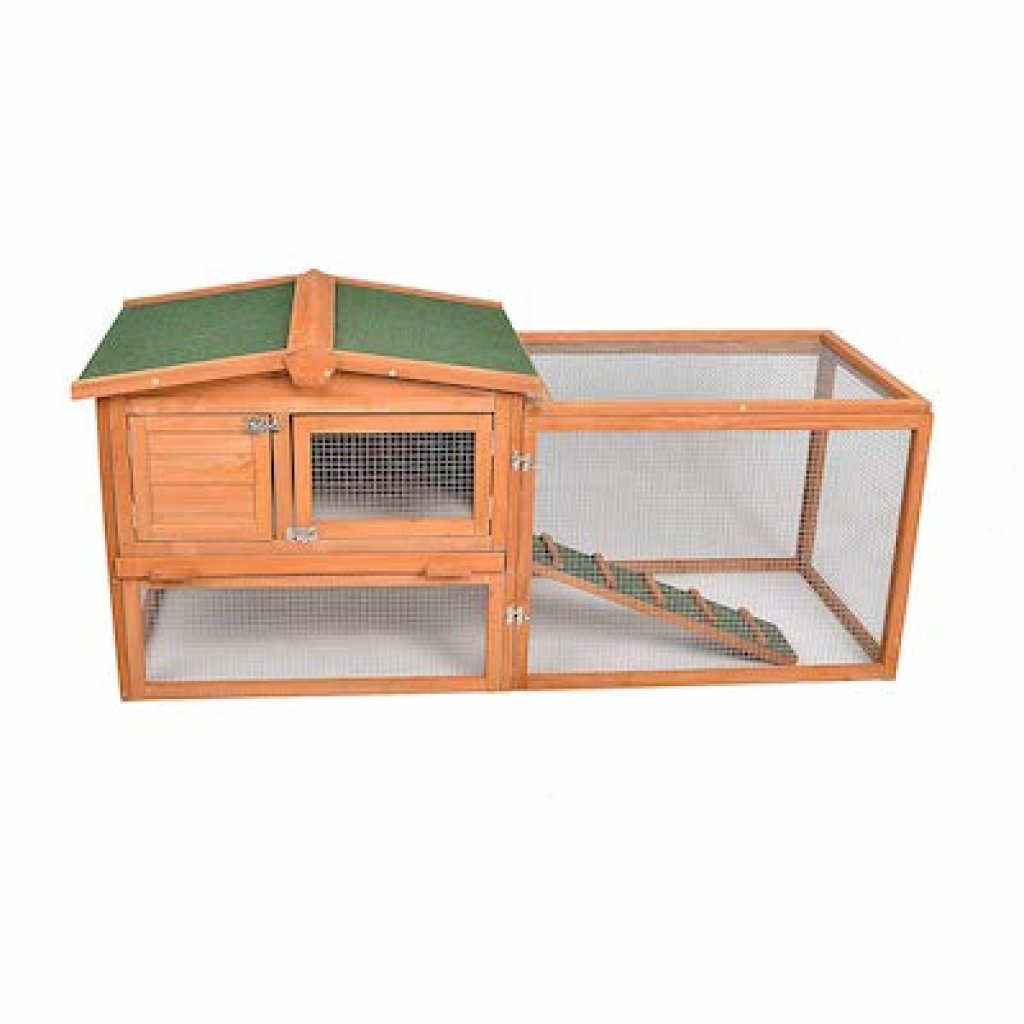
Some people prefer to stay with a smaller breed, as well as a smaller cage. I still suggest that you give them a caged area of approximately 36” X 18”. Please make sure that it has an Electrocoat, or otherwise safe finish on the wire.
Another thing to pay attention to is the bottom of the cage. There are those that believe having wire on the bottom of the cage is detrimental to the rabbit’s feet. This is easily resolved by giving them something solid to get off the wire onto. They sell mats specifically for this purpose. They’re designed to be laid on top of the wire and easily cleaned. You’ll want to look at the ease of cleanability of your cage. Does it have a removable tray in the bottom, does the top open up, does it have large doors, etc. Please keep in mind that no matter how nice a cage you purchase for your bunny friend, he will still need exercise and interaction with you outside the cage.
So now you’ve done your shopping and picked out the cage, let’s look at what you’ll need to furnish that cage.
Water Bottle
A water bottle is a basic need. You don’t want to put your bunny’s water in a bowl because I promise it will be knocked over in no time flat. There are many good water bottles out there. You’ll want the type with the dollar ball at the bottom of the socket neck. I recommend that you purchase a larger one so that you’re not having to fill it twice a day. Make sure that it has a holder that’s conducive with the style of the cage that you picked out. You also want to pick one out that your bunny can’t easily take down and saturate his cage. They do make bottles that actually open from both ends, allowing you to fill it without actually taking it off the side of the cage.
Chew Toys
As we discussed before, rabbits have the need to chew to maintain an appropriate length for their teeth. One of the best things out there are chew sticks made from woods such as apple wood. You can easily purchase chew sticks or blocks in ash, hazel, pear, spruce, apple, hawthorn, birch, juniper, maple, and willow woods. Some bunnies like to simply chew on a nice box. You’ll have to experiment a little to see what he likes best. I should probably mention that some of them like to shred as well as chew. If this is the case, look into purchasing a hay or grass mat. This not only gives them a place to set off the wire, but they can have a great time shredding it into a million pieces. Many rabbits also enjoy a simple brown paper bag.
Litter Pan
This seems pretty basic, however, there are some variables that you need to watch for.
The most important thing would be whether your bunny can easily get in and out of it without tipping it over. I would also make sure that he has enough room to turn around in it. Then we need to take a look at what you’re going to put into the litter pan. One choice would be a good old fashioned clay litter. Some other choices such as pellets made from newspaper or even pellets made from pine. Again, this is a matter of yours and your bunny’s personal preference. Your rabbit might prefer to have something that he can more easily dig in. I would recommend using a chemical free litter since this can be dangerous to your bunny’s health.
Food Bowls
There’s a variety of different food dishes on the market, ranging from inexpensive plastic bowls to the better stoneware, crock style bowls. It’s been my experience that this is an item that you’re going to want to invest in a higher quality bowl such as the crock style. Since we know that rabbits have the need to chew, then we need to realize that they’re not going to make the distinction that this is not something that they’re supposed to be chewing on. Plastic bowls make great chew toys. Another reason that I would stick with a crock style is the weight of them, keeping them from easily being tipped over. You’ll also want a hay feeder that hangs from the side of your cage. This way it’s not on the bottom of the cage being urinated, etc. on.
Food
I recommend purchasing a balanced pellet diet that’s formulated specifically for rabbits. Just as we like variety in our diets, so do they. Therefore, I would offer some fresh Timothy hay, pellets, and some diced vegetables each day. The occasional strawberry, slice of apple or a few blueberries is a nice treat, but shouldn’t be given on a daily basis, as they can cause loose stool. Most vegetables are a healthy choice as a small part of his daily diet. You want him to have a well-balanced diet, so most importantly you’ll want to make sure he gets his hay and pellets.
A Few Final Things
Last, but not least, you’ll want to put a small salt/mineral block in his cage.
A harness and leash are a good idea to have for any outside time.
I would also recommend a carrier to bring your bunny home in and for any needed trips to your veterinarian.
A firm toothbrush and comb to groom your bunny.
This should get you off to a good start. Remember that rabbits like social interaction, so make sure that you give him/her lots of play time with you outside his cage. Another way to interact with him is grooming time. Start brushing him at a young age and he’ll grow to appreciate that attention as he gets older. Always keep a close eye on him when he’s out playing, as you don’t want him chewing on something dangerous. With some good sense and good health, you should have many years of pleasure with your new family member.
Sources:
- MentalFloss/14 Fascinating Facts About Rabbits
- PetMD/5 Most Popular Breeds
- My House Rabbit/ New to Rabbits





